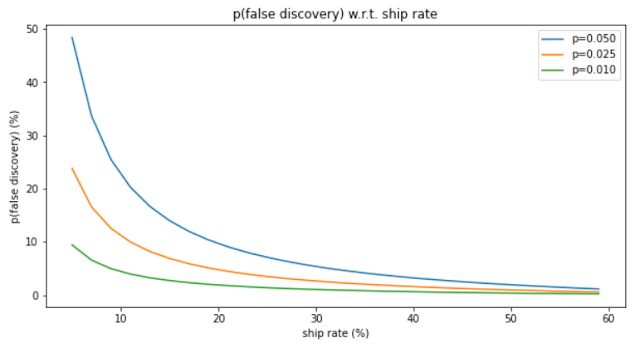Focus: Shapley value
Game theory is a
fascinating topic codifying and quantifying all sorts of interactions between
stakeholders in a game. The most popular setup is the prisoner's dilemma but there is much more to it. Today, we will cover the Shapley value as I recently stumbled across this original yet relatively unknown concept.
Problem at stake:
Example 1: In a salary
negotiation, the employee showcases his skills and what it brings to the
company. But how much are these skills worth ?
Example 2: In a Joint Venture, each founding company brings expertise. What’s a fair distribution of
the ownership/shares ?
Example 3: 2 (or 3) TelCo
companies want to build a fiber network that would benefit both. What’s a fair
payment breakdown ?
When you think about
these problems, most of us would tend to answer them through guesses: “You
should ask for X% raise because you deserve it” but there is actually a theory for it
Let’s look at the
theory behind.
Solution:
This is known as a
cooperative game and there is only one breakdown function that fulfill a few
conditions (more in this later).
The gist of it:
“Player A fair reward is the average of his marginal contributions to the
different coalitions leading to the final setup“ where:
For a game with 3
players (A,B,C), we denote:
-
Final
setup: final set of stakeholders S {A,B,C}
-
Coalition:
a subset of S
-
Marginal
contribution: Adding A to {A,B} is : Value {A,B,C} – Value {B,C}
Now, let’s introduce
value to the example. For instance:
-
V(A) = 12
-
V(B) = 8
-
V(C) = 2
-
V(A,B) =
22
-
V(A,C) =
15
-
V(B,C) =
11
-
V(A,B,C) =
23

The Sharpley value of A is calculated as:

Generalization
From there, you can intuit the general formula where n! is the total number of permutations :
Where K \ A notes the coalition
K without A.



Comments
Post a Comment